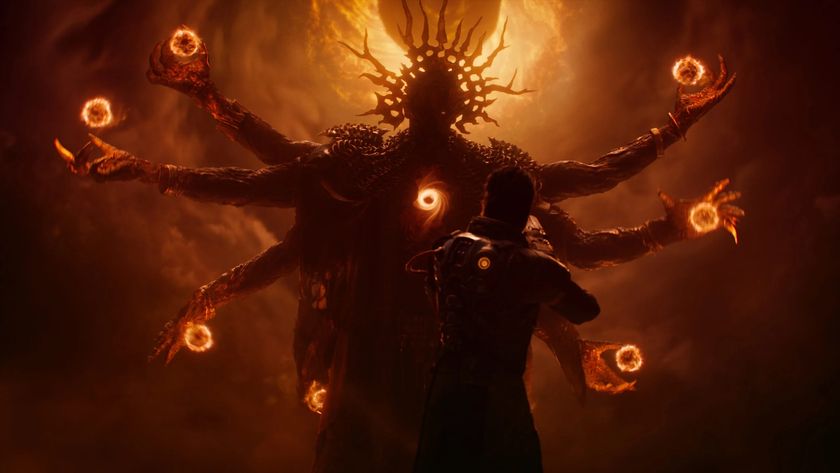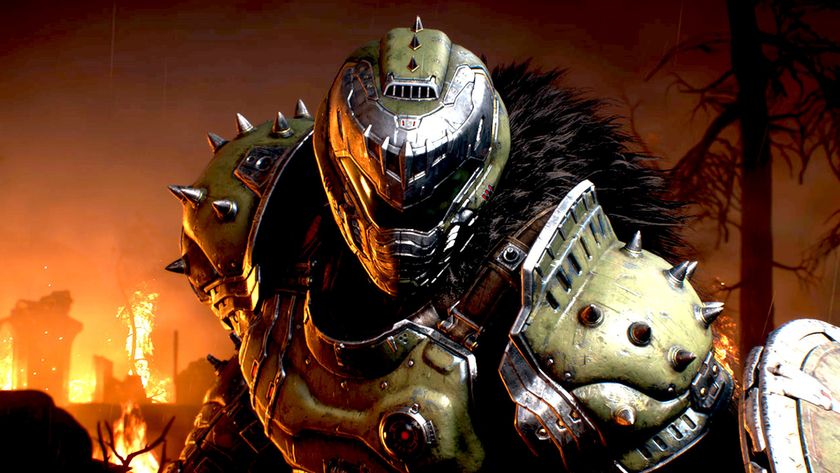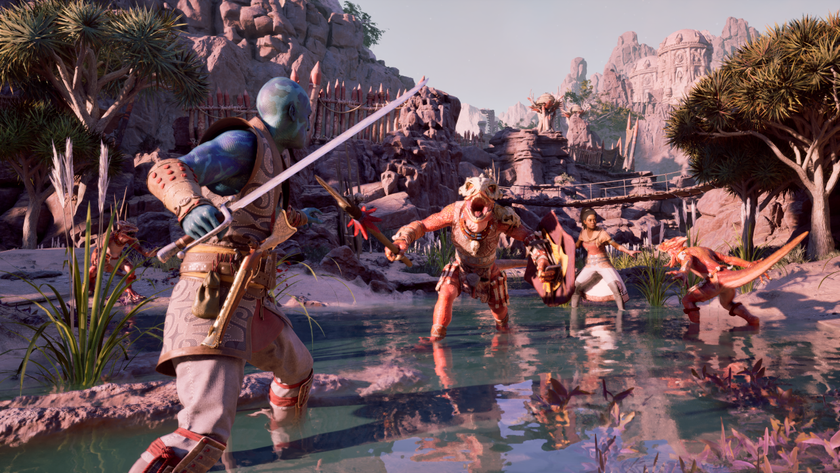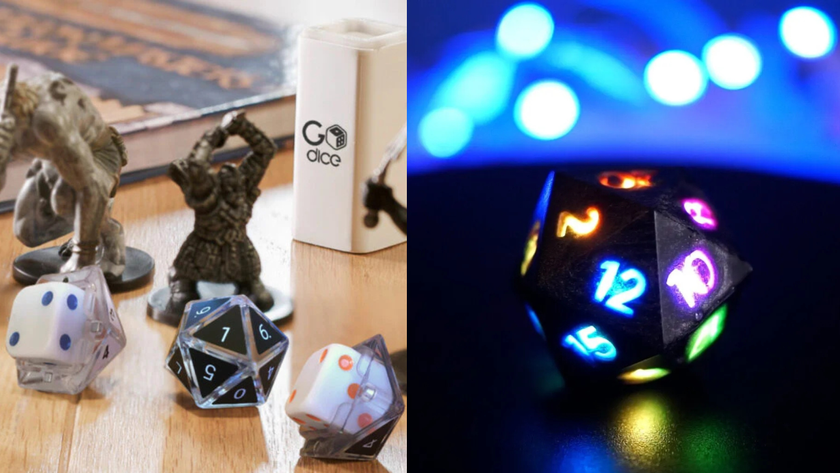
It’s hard to escape to 4K. What was once a technology for earlyadopters is quickly becoming the standard across a range of devices. Many televisions, monitors and laptops proudly feature 4K displays at a price that’s far more accessible than in years past.
If you’re not familiar, 4K, otherwise known as UHD (Ultra High Definition) refers to a display resolution 3840 pixels wide by 2160 pixels tall. That’s over eight million pixels in total—four times that of a standard full HD 1080p TV. By packing more pixels, 4K displays produce noticeably sharper, more detailed images—so long as you’ve got the 4K content to fi ll them with.
Fortunately, things have improved dramatically in that regard. Alongside streaming services like Netflix and Amazon, which allow you to stream 4K movies, games consoles like the Xbox One X and PlayStation 4 Pro run a swathe of games at 4K. But for gaming, it’s hard to top the PC.
What can I play in 4K?
Almost every game on PC can played at 4K. Even older games like Bioshock Infinite work just fine at 4K and look absolutely stunning in process. The caveat is that playing games at 4K is extremely demanding. With four times as many pixels to push compared to Full HD, even the fastest of PCs can struggle to render games at a PC player’s preferred 60 frames per second (most 4K console games run at 30fps).
Alongside a 4K monitor, which can now be had for as little as £300, you need a PC or laptop equipped with a discrete graphics card like an Nvidia GTX 1070 or AMD Vega 56 for 4K PC gaming. Even then, you might need to turn down some settings for smooth results.

Fortunately, there’s another technology that is even more impactful than 4K resolution and is far less demanding on hardware. HDR, which stands for High Dynamic Range, expands the range of colours that can be displayed on screen. It also allows for greater differences between the darkest parts of an image and the brightest. The result is cinematic levels of contrast, deeper and more accurate colours and an image that’s ultimately more realistic.
HDR is even better
When playing a supported title it can look truly stunning. Far Cry 5 and Mass Effect Andromeda look great in HDR. Best of all, while they’re often paired together, 4K and HDR are not mutually exclusive. You can play a game like Far Cry 5 in HDR on PC at standard Full HD resolution, giving you a huge visual boost with little effect on performance. The PS4 and Xbox One S also support HDR, even though they don’t support 4K gaming.
Unfortunately for PC players, the console HDR ecosystem is far easier to work with. As long as you have a UHD Premium TV (indicating support for both 4K and HDR), a PS4 or Xbox One S hooked up via HDMI and a compatible game you’re good to go.
Because Windows 10, Nvidia and AMD all need to implement HDR, with each doing so in slightly different ways, the standard is far less developed on PC. Until recently, it was extremely difficult to find a HDR-compatible PC monitor at all, though a standard has finally emerged.
As a rule of thumb, you need monitor that meets the DisplayHDR 400 standard at a minimum. The number indicates the peak brightness of the monitor. Generally speaking, the higher the number, the better the HDR performance (although, there’s more to a great HDR display than just brightness). For the best experience, look out for the DisplayHDR 1000 certification.
You can game in HDR on PC with any new Nvidia and AMD graphics card and compatible game. HDR is also supported on the latest generation G-Sync monitors, as well as AMD Freesync 2 monitors.

- Brought to you in association with Currys PC World. Buy gaming laptops, desktops, components and more at Currys.co.uk.
Sign up to the 12DOVE Newsletter
Weekly digests, tales from the communities you love, and more












